How does the WSCC calculate my compensation rate? If you are a worker who has had a workplace injury claim accepted by the Workers’ Safety and Compensation Commission (WSCC), you are eligible to receive either total disability or partial… more
Claims Brochures & Guides for Workers
Guides
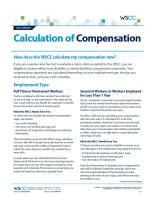
For Claimants - Calculation of Compensation
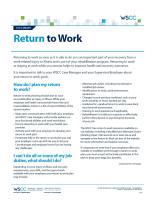
For Claimants - Return to Work
Returning to work as soon as it is safe to do so is an important part of your recovery from a work-related injury or illness and is part of your rehabilitation program. Returning to work or staying at work while you recover helps to improve health… more
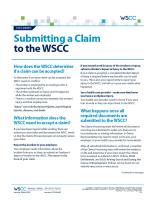
For Claimants - Submitting a Claim to the WSCC
How does the WSCC determine if a claim can be accepted? To determine if an injury claim can be accepted, the Workers’ Safety and Compensation Commission (WSCC) needs to confirm: The worker is employed by an employer who is registered with… more
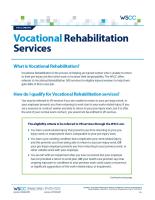
For Claimants - Vocational Rehabilitation Services
What is Vocational Rehabilitation? Vocational Rehabilitation is the process of helping an injured worker who is unable to return to their pre-injury job find other work or increase their employability. The WSCC offers referrals to Vocational… more
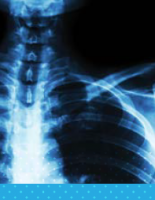
What is a Permanent Medical Impairment (PMI) Assessment?
Some work injuries result in a permanent loss of function to areas of the body affected by an injury. This loss of function may continue even after complete and appropriate medical treatment. This is called a permanent medical impairment (PMI).
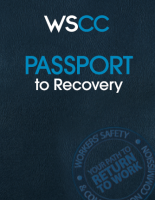
Passport to Recovery
Brochures
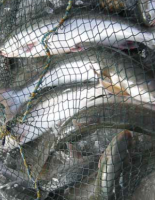
Renewable Resource Harvesters
Renewable Resource Harvesters are people who hunt, fish, gather, or trap. The Workers’ Safety & Compensation Commission (WSCC) works with the governments of the Northwest Territories and Nunavut to deliver the Renewable… more
